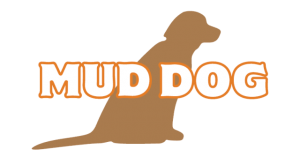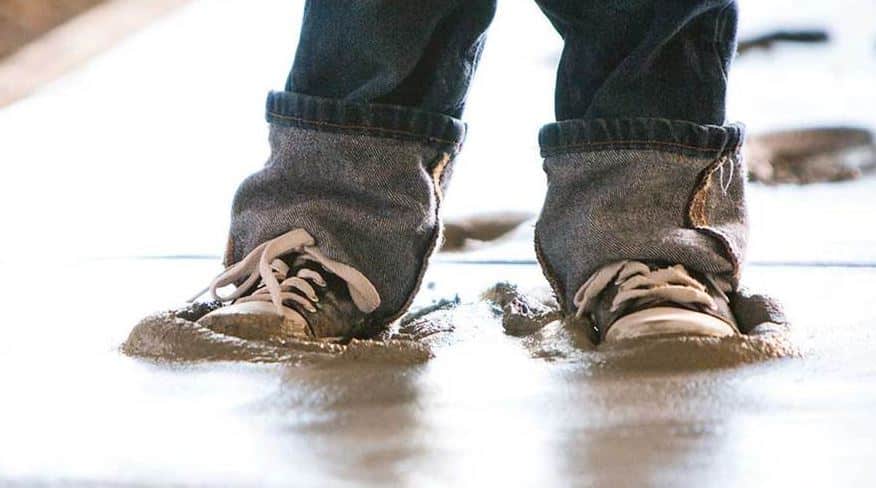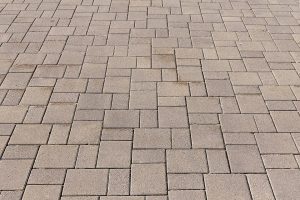Concrete lifting is an effective solution for restoring sunken or uneven concrete surfaces, but it’s crucial to prioritize safety throughout the process. Whether you’re considering a DIY project or hiring professionals like Mud Dog Jacking, understanding concrete lifting safety is essential to prevent accidents and ensure a successful outcome. In this article, we’ll cover the key safety considerations you should be aware of.
1. Protective Gear
Safety starts with proper attire and gear. When lifting concrete, wear the following:
- Protective Eyewear: Safety goggles or glasses shield your eyes from debris and chemicals used in the lifting process.
- Gloves: Sturdy work gloves provide a better grip and protect your hands from sharp edges or abrasive materials.
- Respirator: If you’re working in an enclosed space or using chemicals, a respirator can protect you from inhaling potentially harmful fumes.
- Steel-Toed Boots: These offer foot protection from heavy objects and provide stability on uneven surfaces.
2. Equipment Safety
Whether you’re using DIY equipment or hiring professionals, ensure that all tools and machinery are in good working order. This includes:
- Injection Equipment: Check that pumps, hoses, and injection guns are functioning correctly and have no leaks.
- Drilling Tools: Ensure drills and bits are sharp and well-maintained to prevent accidents during the drilling phase.
- Safety Interlocks: If you’re using heavy machinery, like lifting equipment, make sure safety interlocks are engaged to prevent unintentional operation.
- Proper Training: If you’re operating machinery, be sure you or your team members are adequately trained to use the equipment safely.
3. Ventilation
When using lifting materials like polyurethane foam, ensure proper ventilation, especially in enclosed spaces. Adequate airflow helps dissipate fumes and prevents the accumulation of potentially hazardous gases.
4. Site Preparation
Before lifting concrete, prepare the site by:
- Clearing Obstructions: Remove any obstacles or debris from the work area to prevent accidents.
- Warning Signs: If the project is in a public or shared space, use warning signs and barriers to keep others away from the work area.
5. Chemical Safety
If your concrete lifting project involves chemicals, such as lifting foam, follow these safety guidelines:
- Read Labels: Read and follow the manufacturer’s instructions and safety guidelines for all chemicals used.
- Storage: Store chemicals properly, away from heat sources or open flames.
- Dispose Safely: Dispose of any waste materials or containers as directed by local regulations.
6. Team Communication
Effective communication among team members is crucial for safety. Ensure that everyone involved in the project understands their roles, responsibilities, and safety procedures. Establish clear signals or verbal cues to communicate effectively, especially in noisy or busy work environments.
7. Professional Services
For the safest and most efficient concrete lifting, consider hiring professionals like Mud Dog Jacking. Our experienced technicians are trained to prioritize safety while delivering high-quality results. Professionals have the knowledge, skills, and equipment to handle all aspects of concrete lifting safely.
By following these concrete lifting safety guidelines, you can minimize risks, protect yourself and your team, and achieve successful concrete lifting results.
If you have concrete lifting needs, contact Mud Dog Jacking at (801) 644-9122 or visit our website at https://www.muddogjacking.com/. We prioritize safety in every project, ensuring your property’s stability and longevity.




